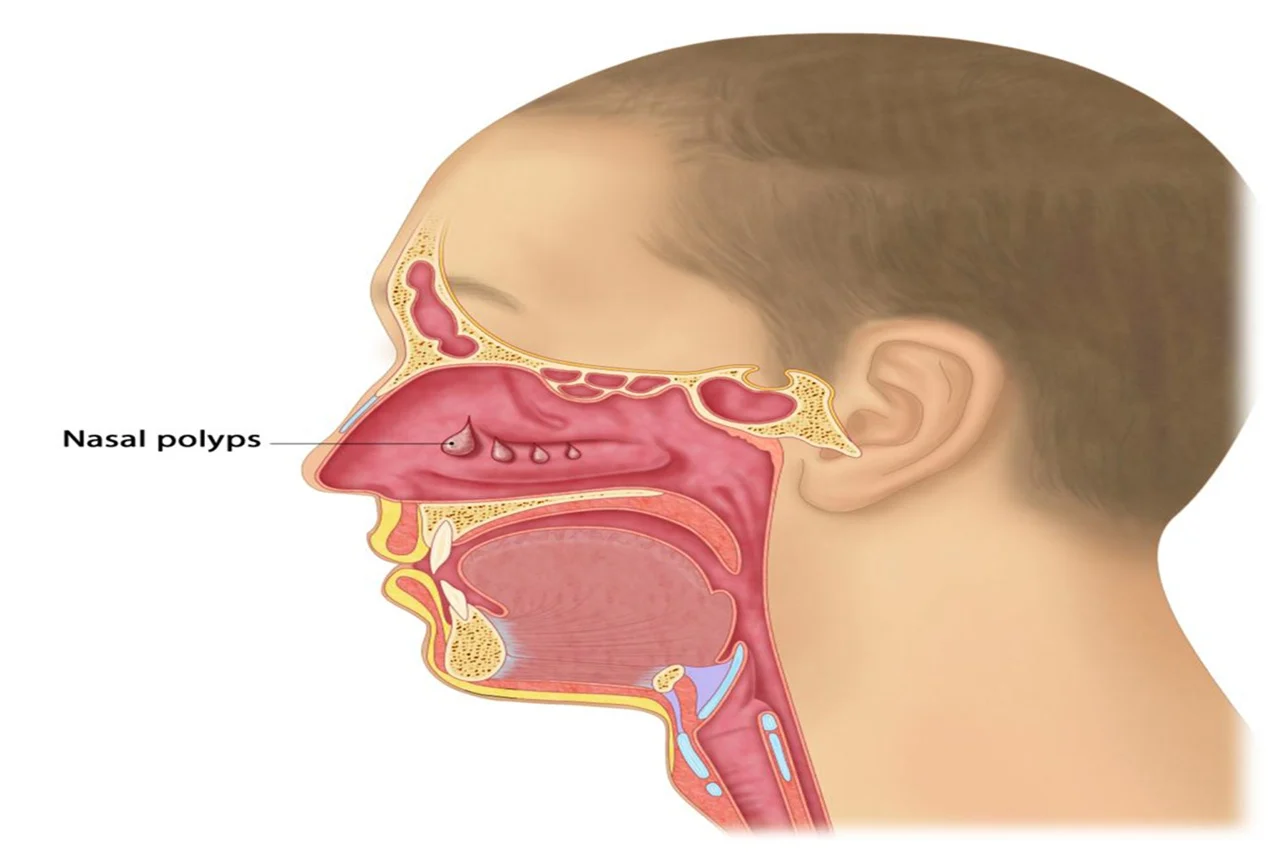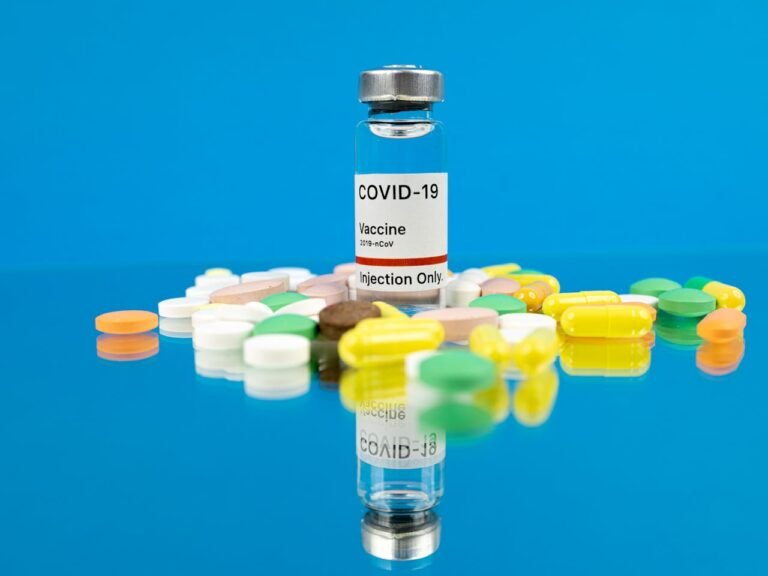Oticara, a clinical-stage pharmaceutical company focused on developing innovative therapies for chronic rhinosinusitis (CRS), announced encouraging Phase 2 clinical trial results for its proprietary nasal-mucosa-optimized steroid cream, OT-007B. The therapy demonstrated rapid, durable, and clinically meaningful improvements in patients with persistent CRS symptoms following endoscopic sinus surgery (ESS). Findings from this study were presented during a late-breaking oral session at the American Academy of Otolaryngology – Head and Neck Surgery Foundation (AAO-HNSF) 2025 Annual Meeting & OTO EXPO℠ held in Indianapolis, Indiana.
Transforming Post-Surgical CRS Management
“For ENTs, it is rare to see a therapy that can be delivered in-office in just minutes and still achieve such strong outcomes,” said Anders Cervin, MD, PhD, FRACS, senior author and presenter of the study. “In this Phase 2 trial, the treatment clearly delivered durable improvements for patients who remained symptomatic after surgery. These results suggest that Oticara’s treatment could integrate seamlessly into ENT practice, while offering meaningful relief to a population with few remaining options.”
CRS is a debilitating, long-term inflammatory condition of the sinuses that often persists even after surgical intervention. Post-surgical patients who continue to experience nasal congestion, facial pain, drainage, and loss of smell typically have limited therapeutic alternatives. Oticara’s innovative approach is designed to address this unmet need by delivering potent anti-inflammatory therapy directly and precisely to the affected sinus mucosa—improving local efficacy while minimizing systemic steroid exposure.
About the Phase 2 OT-007B Trial
The multicenter, open-label Phase 2 OT-007B study enrolled 24 adult patients with persistent CRS symptoms following ESS. Each patient received a single, in-office application of Oticara’s intranasal steroid cream using pre-filled syringes for endoscopically guided, targeted delivery by an Ear, Nose, and Throat (ENT) specialist.
The primary objectives were to evaluate the efficacy and safety of the treatment over a nine-week follow-up period. The trial successfully met its co-primary endpoints, demonstrating statistically significant and clinically meaningful improvements across both major symptom scales—the 4 Cardinal Symptom Score (4CSS) and the Sino-Nasal Outcome Test (SNOT-22)—as well as multiple secondary endpoints.
Key Efficacy Results
- 4 Cardinal Symptom Score (4CSS):
The mean reduction in symptom severity was -3.82 points (a 32.6% improvement from baseline, p<0.0001) at week 3. More than 58% of patients met responder criteria, indicating substantial symptom relief. - Sino-Nasal Outcome Test (SNOT-22):
Improvements exceeded the minimum clinically important difference (MCID) at weeks 3, 6, and 9. Mean score reductions were -17.15 (p<0.0001) at week 3, -10.70 (p=0.0019) at week 6, and -10.49 (p=0.0025) at week 9, reflecting sustained benefit. - SNOT-22 Subdomains:
All measured subdomains—including nasal, emotional, and sleep-related symptoms—showed significant improvements by week 3 (p≤0.001), each meeting or exceeding their respective MCIDs. - Patient-Reported Outcomes:
A remarkable 91.7% of participants reported overall improvement on the Patient Global Impression of Severity (PGIS) scale, with notable gains in sense of smell, one of the most challenging CRS symptoms to restore. - Physician-Assessed Measures:
Independent investigators observed improvements using the Modified Lund-Kennedy Score (MLKS) and reductions in nasal polyp burden, confirming the clinical benefit through endoscopic assessment. - Durability of Response:
The single application provided sustained relief through nine weeks, demonstrating lasting efficacy well beyond the expected duration of a typical steroid course.
Strong Safety and Tolerability Profile
Safety outcomes were favorable, with no severe, serious, or fatal adverse events reported. Importantly, there were no clinically significant changes in intraocular pressure (IOP) or serum cortisol levels, parameters often associated with systemic steroid exposure. The treatment’s localized delivery design minimizes systemic absorption while maximizing targeted anti-inflammatory action, supporting its potential as a safe, physician-administered option for chronic sinus conditions.
Clinical Impact and Next Steps
“CRS patients who remain symptomatic after surgery represent one of the hardest-to-treat groups for ENTs,” said Chris Marich, MBA, Chief Executive Officer of Oticara. “The Phase 2 results demonstrate that a single application of our nasal-mucosa-optimized steroid cream can provide rapid, durable benefit with an attractive safety profile. We believe this therapy has the potential to transform post-surgical care and address a significant unmet medical need.”
Oticara’s therapy stands out for its novel delivery system—a physician-applied, precisely targeted intranasal cream that adheres to the mucosa and remains in place for days. This approach enhances drug contact time with the inflamed tissue, enabling potent local effects while minimizing systemic risk.
Pharmacokinetic analysis confirmed that systemic steroid exposure from a single intra-sinus application of OT-007B was approximately equivalent to a 10 mg oral prednisone dose—representing over 90% less exposure than a standard five-day oral steroid course. Despite this low systemic absorption, patients achieved significant clinical improvement, underscoring the efficiency of localized delivery.
Expanding Clinical Development
Encouraged by these promising results, Oticara is advancing preparations for larger, controlled clinical trials to further validate efficacy, assess repeat dosing regimens, and expand into broader CRS patient populations. The company aims to explore potential indications for patients both post-surgery and those managing chronic inflammation without surgical intervention.
Oticara’s research aligns with the growing shift toward precision ENT therapeutics—where localized, office-administered treatments can deliver meaningful benefits without systemic complications. The company’s platform may also be adapted for other inflammatory disorders of the upper airway, positioning Oticara at the forefront of next-generation sinus disease management.
Looking Ahead
The Phase 2 OT-007B trial offers a glimpse into a future where ENT specialists can provide effective, in-office therapies that deliver sustained relief for patients with limited options. By combining precise delivery, durable efficacy, and safety, Oticara’s nasal steroid cream represents a potential paradigm shift in chronic rhinosinusitis management.
Oticara’s findings will be published in the American Academy of Otolaryngology – Head and Neck Surgery Foundation’s upcoming peer-reviewed journal issue summarizing late-breaking research presentations.
With these results, Oticara continues to build on its mission to improve the quality of life for millions affected by CRS through targeted, evidence-based innovation in local steroid delivery systems.



